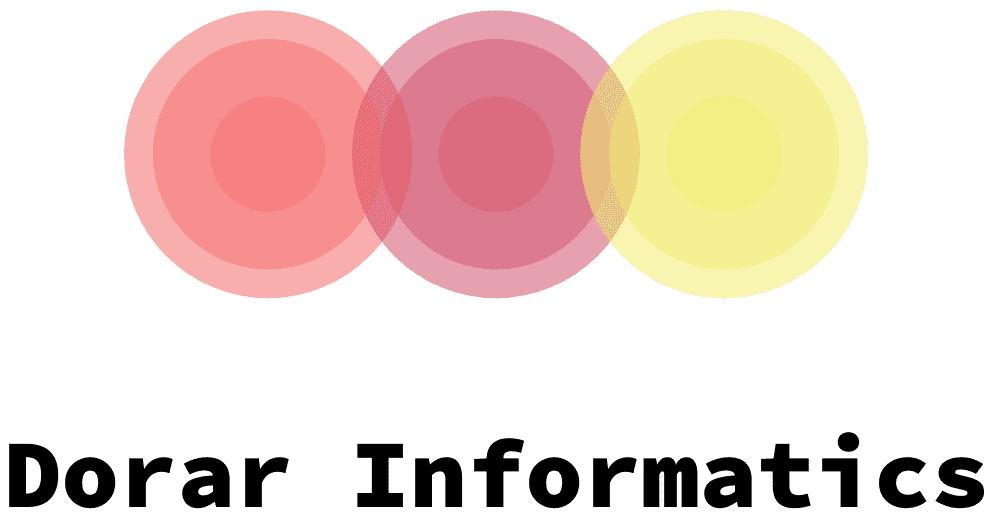Are you wondering what the current mortgage rates are for a variety of mortgage types? This article provides you with information on the average APR on a 5-/1 ARM, a 30-year fixed mortgage, and refinancing rates.
Average APR on a 30-year fixed mortgage
A 30-year fixed mortgage is one of the more common types of loans. They are a good option for most people because of the lower monthly payments and the long life of the loan. These are also good for first-time homebuyers because they are less expensive than the longer-term 15-year mortgages. However, there are some drawbacks to these types of loans. If you are thinking of getting a mortgage, you should know what to expect before you apply.
When you apply for a loan, the lender will consider several factors to determine your rate. One of the major factors is your credit score. You will also need to make sure that you qualify for the loan, and you will have to pay a maintenance fee on the house. The fee is usually between 0.5% and 1% of the loan amount per year. In addition, you will have to make a down payment and you will have to have insurance coverage for your property.
While the 30-year fixed mortgage can be a smart investment for many, there are some reasons why it might not be the best choice for you. For instance, the interest rates are higher than those of the 15-year mortgage. Also, you might not want to commit to paying on the loan for thirty years. Fortunately, there are ways to shorten the duration of the loan and lower the cost of the loan.
There are also special programs available to help you qualify for a 30-year fixed mortgage with low rates. Some of these include jumbo loans, which can be used by high-income individuals. Others may have to qualify for a lower rate because they have poor credit. It is also important to consider whether the lender has a track record of making quick approvals and paying off your loan on time.
Another factor that you should consider when choosing a mortgage is the annual percentage rate (APR). This rate reflects the total cost of borrowing, which includes the interest rate, fees, and points.
As with all other types of loans, you should compare your options. Your lender should be able to explain the loan process to you, so you can make an informed decision. Make sure to get quotes from several lenders, and make sure you understand what the rates and fees will be before you sign.
The annual percentage rate is calculated by taking the interest rate and adding fees, points, and other expenses. If you are thinking of using a 30-year fixed rate mortgage, you can lower your payments by making extra payments. But you will have to keep in mind that if you decide to make additional payments, you will have to pay more in interest in the long run.
The most important thing to remember about the APR is that it reflects the true cost of the loan. For instance, a $300,000 loan with a 3.1% interest rate and two fees, plus an origination fee of 2.100, has a 3.169% APR.
Average APR on a 5-/1 ARM
In today’s market, a 5/1 ARM is a good choice for people who want to take advantage of a lower interest rate while getting a larger mortgage. However, it is important to know what to expect when choosing this type of loan. It is also essential to compare 5/1 ARM APRs with other options. When you apply for a 5/1 ARM, you must demonstrate that you are a low risk to the lender. If your credit history is poor, you may have to look elsewhere for a better deal.
Although a 5/1 ARM offers lower payments than a 30-year fixed-rate loan, it can be expensive when rates go up. Interest rate caps limit how high the interest rate can climb over the lifetime of the loan. These caps can be a real benefit for those who plan to sell their home in a few years.
If you are a buyer, you may be confused by the number of different loan types that are available. For example, you might be considering a 10/1 ARM, a hybrid ARM, or a 7/1 ARM. All of these are similar in many ways. Each type offers a low initial rate for a certain amount of time. Then, after a set amount of time, the interest rate will adjust to match market conditions. This can change the monthly payment or reduce it. To find out what the rate you’re paying is, you can use a free mortgage rate quote tool.
A 5/1 ARM has an introductory period of five years, after which the interest rate will adjust once a year. There are some 5/1 ARMs with more technical terms and caps. For instance, a 5/1 ARM with a two-two-five cap will have a maximum interest rate of 3.55%. On the other hand, a fully indexed 5/1 ARM will have a rate that is based on the mortgage index.
Some borrowers opt for a 5/1 ARM when they have a stable income and plan to stay in their homes for a few years. Another common reason for choosing an ARM is to save on monthly payments. You can use the lower payment to purchase things for your house, pay off the principal, or invest.
The initial rate on a 5/1 ARM is typically lower than on a 15-year fixed-rate loan. The introductory period also helps borrowers avoid higher payments once the rate resets. Depending on your specific loan terms, you can see your payments rise substantially over the life of the loan.
A 5/1 ARM is a great option for home buyers who plan to sell their house in a few years. However, if you intend to stay in your home for more than a few years, this type of loan may not be a good choice. Since interest rates will rise after the introductory period, the higher rate can put a damper on your ability to make your monthly mortgage payments.
Refinance mortgage rates
If you’ve been paying too much on your home loan, it may be time to consider refinancing. Refinancing can save you thousands of dollars in interest by reducing your monthly payments. Besides saving you money, it can also give you access to the equity you’ve built up in your home. It can even help you to pay off your home sooner.
Refinancing mortgage rates can vary from lender to lender, and can be tailored to fit your financial needs. You can also find out how the length of your term affects your rate. The longer you are in your home, the more likely you are to benefit from a lower rate.
Rates vary according to your location, property value, credit score, and even the type of loan you are applying for. Mortgage rates are updated daily, so it’s important to always check them. Also, keep in mind that the lender will charge you a fee, so make sure you compare the costs between different lenders.
Mortgage refinancing is a big investment. While it can have great benefits, it’s important to take some time to decide whether or not it’s right for you. Before you apply, you should consider your credit score, your financial situation, and your desired outcome. After you’ve done this, you’ll need to speak with a lender about the details.
Refinancing can offer a variety of benefits, from lowering your total payment to cutting your term. However, it’s not an easy process. In fact, it takes time to get approved. Moreover, you’ll need to gather all the paperwork necessary, as well as verify the accuracy of the documents. Taking the time to do this can save you the trouble of making a mistake.
Many homeowners opt for a new lender when they refinance their mortgage. A loan consultant can walk you through the steps and explain the benefits of the new mortgage. They can even show you the savings you’ll realize by refinancing. This can be especially helpful if you’re considering a cash-out refi.
When you apply for a new loan, you’ll need to determine your break-even time. This is the time it will take you to break even and begin saving on your mortgage. To do this, you’ll need to consider the cost of the refinancing, as well as the amount of extra payments you can make to your existing mortgage.
When you’re comparing mortgages, you should compare the average rate of each type of loan. This will give you an idea of how the market is currently pricing each type of loan.
When you refinance, you should also think about the fees you’ll be charged. These fees are not included in your monthly mortgage payment. Depending on the lender, you might pay extra for discount points, which can reduce your interest rate.

